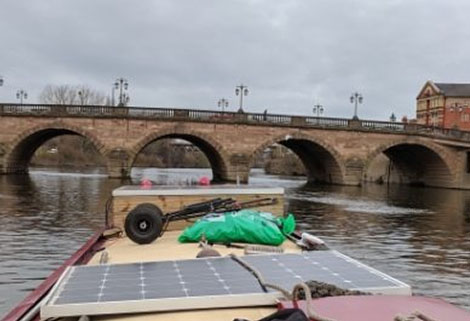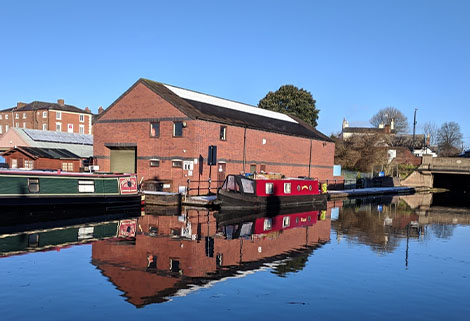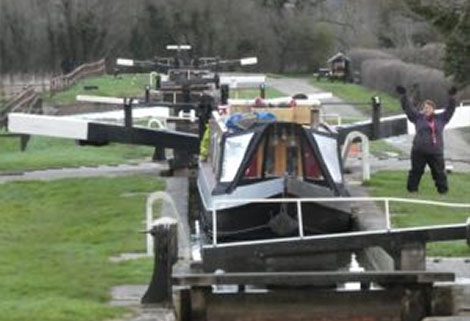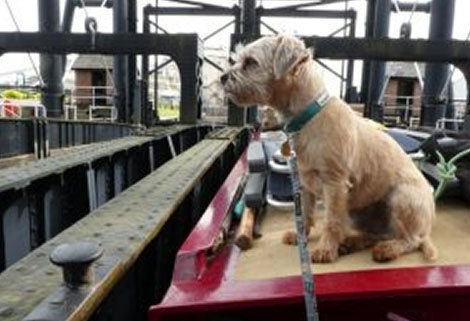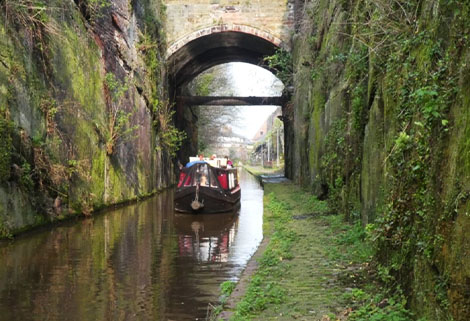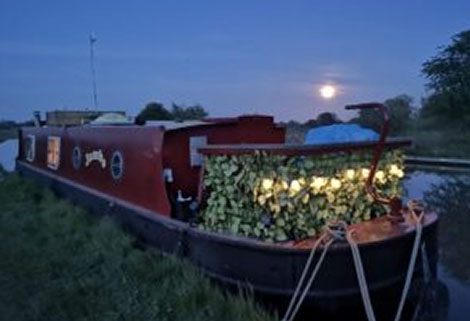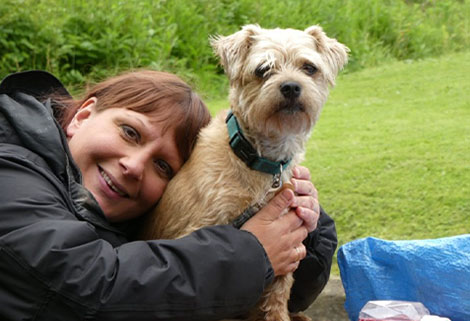how to wire a narrowboat - part 4
fuse board and connection to the batteries
Next we can work out the fuse board needed and the size of the connection to the Domestic batteries.
It is back to those drawings to detail the fuse and the current the circuit is going to need
Example Lights 1 - Maximum current 9 3W lights = 27W / 12 = 2.25A
Smallest cable size (this is the maximum current that the circuit can take without multiple other fuses) as earlier there was found to be a need for 2mmsq it make economical sense to use 2mmsq everywhere 1.5mmsq is shown on the drawings. 2mmsq has a maximum current capacity of 25A. The current to be carried is 2.25A and the Maximum that can be carried 25A. Knowing what is available means a fuse of 5A to possibly 10A
Fuse Board List
- Lighting 1 - 5A to 10A, current - 2.25A
- Passageway Lights - 5A to 10A, current - 2.25A current
 Lights 2 - 5A to 10A, current – 3A
Lights 2 - 5A to 10A, current – 3A- USB Sockets - 10A to 15A, current - 8A
- Drainage Pump - 15A to 20A, current – 15A(5A)
- Water Pump -- 15A to 20A, current – 15A (5A)
- 12V Sockets 12VS1P - Fuse 10A to 20A, current -10A
- 12V Sockets 12VS3P - Fuse 10A to 20A, current - 10A
- 12V Sockets 12VS4P Fuse 10A to 20A, current - 10A
- Fridge 10A to 15A, current - 5A
- Cigar Lighter socket 10A to 15A, current - 10A
- Headlight LED - 5A to 10A, current - 0.7A
- Headlight Tungsten - 10A to 15A, current - 4.6A
So the fuse board needed is a 12 way (J assuming only one headlight). It is sometimes sensible to allow a few fuses for expansion in the future.
Cable selection from the batteries via the Domestic Isolator to the Fuse-board
The total current with everything on and running at maximum is nominally 76A. Now this is unlikely to happen but can/ought be prepared for. For example the cables from the Fuse board to the Domestic batteries is a 3-metre run; 25mmsq will give a volt-drop of 0.35V or 2.93%. If we worked on the basis that only 50% of items were going to be used at anyone time that would be 38A and 25mmsq would give a volt drop of 0.18V/1.46% which meets the target for a 2% or less volt-drop in normal operation at the Fuse-board.
Unfortunately, some fuse-board manufacturers are a bit slow in coming up to date with the increased electrical use on boats and the only connection to their fuse-boards is a 6.3mm male spade connector. The crimp connectors for these spades have a maximum cable size of 6mmsq. The current capacity of 6mmsq is 50A unlike the 25mmsq that has a current capacity of 170A; also the volt-drop of 6mmsq is at 38A 0.72V/5.97%. That is nearly 3 times our target of 2% volt-drop at the fuse-board.
The common 12-way 12 way circuit breaker switch panel (fuse-board) is conveniently set out as two columns of 6 fuses/breakers this give us the ability to feed each column from the top and bottom. So we could use four 6mmsq cables, which would give us a volt-drop of 0.18V/1.49% that is almost the same as the 25mmsq and gives a similar current carrying capacity overall using four 6mmsq.
This can be achieved in one of two ways, running 4 6mmsq cables from the domestic isolator fusing each 6mmsq at the Isolator at 30A. That tends to be a bit messy, my preferred way is to run 25mmsq, fused at 100A, from the Domestic Isolator using to a small busbar by the fuse-board. Then from busbar, using 6mmsq, to the fuse board to the top and bottom of each of the two columns. The 6mmsq being fuse as it leaves the busbar at 30A, This will give a volt-drop battery to fuse-board of about 1.5% allowing us to keep the volt-drop to any DC electrical item to less than 0.6V/5%.
Now we need to balance the two columns of the fuse-board, so that each pair of 6mmsq feed cables handles nearly the same current and one pair of 6mmsq is not handling considerable more than the other pair.
- 12V Sockets 12VS3P - Fuse 10A to 20A, current - 10A
- 12V Sockets 12VS4P Fuse 10A to 20A, current - 10A
- Passageway Lights - 5A to 10A, current - 2.25A
- USB Sockets - 10A to 15A, current - 8A
- Drainage Pump - 15A to 20A, current – 15A(5A)
- Headlight LED - 5A to 10A, current - 0.7A
Maximum current of fuses 1 to 6 - 35.95A
- 12V Sockets 12VS1P - Fuse 10A to 20A, current -10A
- Lighting 1 - 5A to 10A, current - 2.25A
- Lights 2 - 5A to 10A, current – 3A
- Fridge 10A to 15A, current - 5A
- Cigar Lighter socket 10A to 15A, current - 10A
- Water Pump -- 15A to 20A, current – (15A) 5A
Maximum current of fuses 7 to 12 - 35.25A
So by moving fuses and their items from one column to the other one, one section will handle 35.95A and the other will handle 35.25A. This is the nearest in real life you are likely to get the two currents. This difference of 0.7A is acceptable and the two sections and their 6mmsq feed cables will not be over stressed and the volt-drops will be acceptable.
Hope that is helpful to you all and that it has enabled a bit more learning to go on.
In the Appendix you will find: the explanation of how the two-way switch operates, the complete one page drawing for the Lights, and the one page drawing for the sockets, copies are available from me.

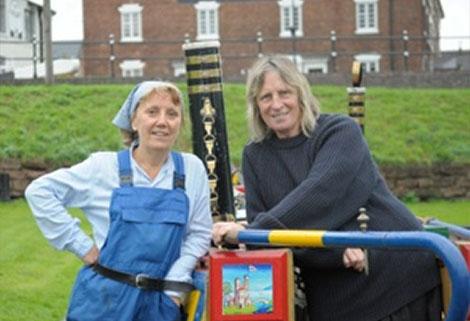 My links with canals began when I was a child, when my family bought a small cruiser and then an old working boat called Laurel, which my Dad converted (although he retained the traditional back cabin).
My links with canals began when I was a child, when my family bought a small cruiser and then an old working boat called Laurel, which my Dad converted (although he retained the traditional back cabin).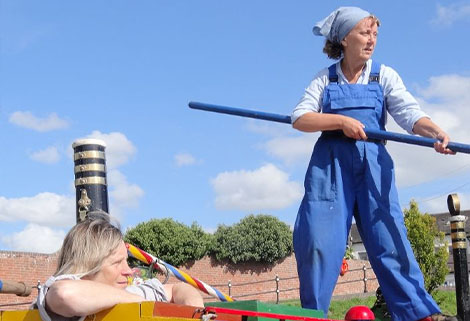

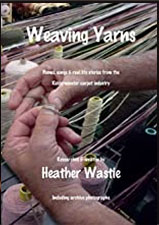 In 2013, I was Writer in Residence at the Museum of Carpet where I turned people's memories into poems, monologues and songs - which I now perform.
In 2013, I was Writer in Residence at the Museum of Carpet where I turned people's memories into poems, monologues and songs - which I now perform.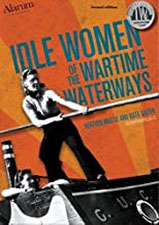
 In 2018, I completed a poetry commission for The Ring project / Canal & River Trust in Worcestershire: The Muck and Shovel Brigade.
In 2018, I completed a poetry commission for The Ring project / Canal & River Trust in Worcestershire: The Muck and Shovel Brigade. Alarum’s current project is 'I Dig Canals', researching women’s involvement in canal restoration and campaigning post-war to 1970s.
Alarum’s current project is 'I Dig Canals', researching women’s involvement in canal restoration and campaigning post-war to 1970s.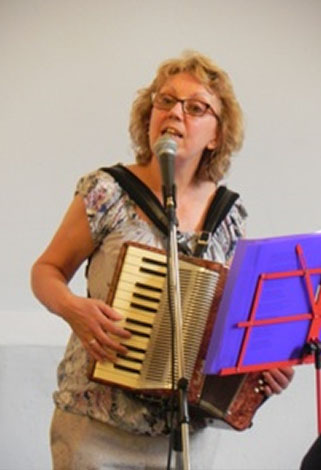 Heather has published eight poetry collections, including the most recent, To the Future, Love Cropredy. (
Heather has published eight poetry collections, including the most recent, To the Future, Love Cropredy. ( It was only my best friend's second ever sighting of a Barn Owl.
It was only my best friend's second ever sighting of a Barn Owl. Emery can be seen regularly in the fields between Whitminster Church and "Swingers Corner".
Emery can be seen regularly in the fields between Whitminster Church and "Swingers Corner".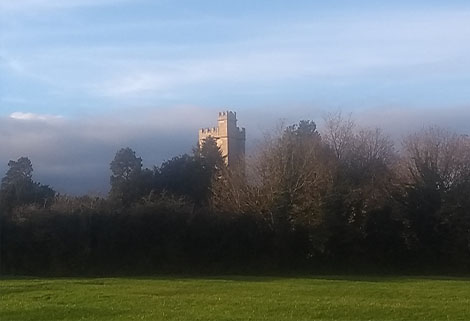 Note:
Note: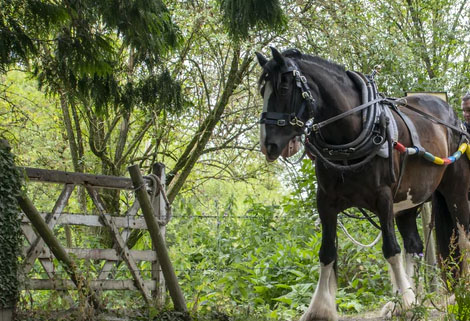 It is one of the most romanticised sights you can see on the canal, a patient boathorse quietly striding forward, its boat gliding silently behind.
It is one of the most romanticised sights you can see on the canal, a patient boathorse quietly striding forward, its boat gliding silently behind.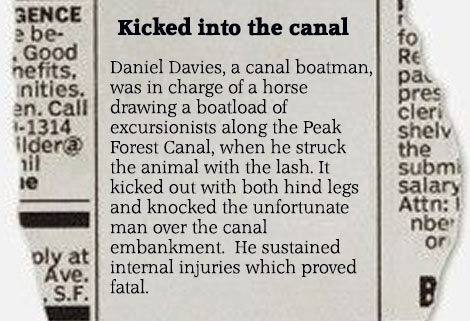
 As they left Broadheath, Holt was walking by the young horse’s head on the water-side of the colt, probably because he felt it preferable to be shoved into the water then crushed against a wall if the colt took umbrage. As they came under Seamons Moss bridge, the youngster tried to quicken his pace and Holt held him back by the bridle. The inexperienced animal tried to turn, his back foot slipped off the coping stones, and he panicked.
As they left Broadheath, Holt was walking by the young horse’s head on the water-side of the colt, probably because he felt it preferable to be shoved into the water then crushed against a wall if the colt took umbrage. As they came under Seamons Moss bridge, the youngster tried to quicken his pace and Holt held him back by the bridle. The inexperienced animal tried to turn, his back foot slipped off the coping stones, and he panicked.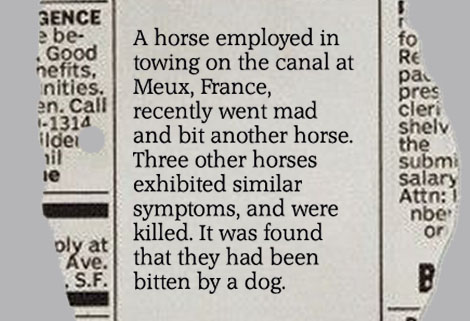 Of course in the hey-days of the horse, vets were limited in what they could do; in 1868 four French boat horses started frothing at the mouth and ultimately went mad after being bitten by a rabid dog, and in 1886 an English horse that had been seen by a vet twice for “lethargy” simply dropped dead in what could be described as catastrophic engine failure.
Of course in the hey-days of the horse, vets were limited in what they could do; in 1868 four French boat horses started frothing at the mouth and ultimately went mad after being bitten by a rabid dog, and in 1886 an English horse that had been seen by a vet twice for “lethargy” simply dropped dead in what could be described as catastrophic engine failure. The Caraboat was a clever invention of a Mr Tom Carr who made them for a short time between 1971 and 1973 in Sutton -in- Ashfield Notts.
The Caraboat was a clever invention of a Mr Tom Carr who made them for a short time between 1971 and 1973 in Sutton -in- Ashfield Notts. 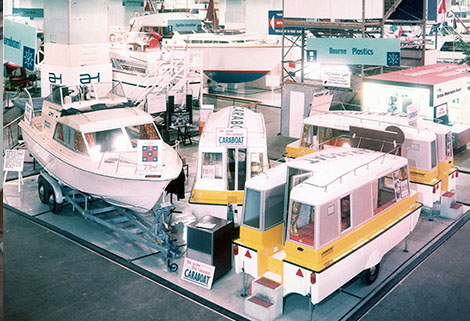

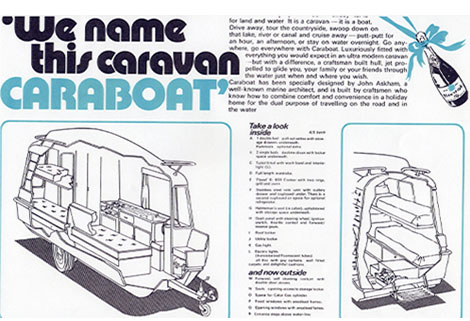
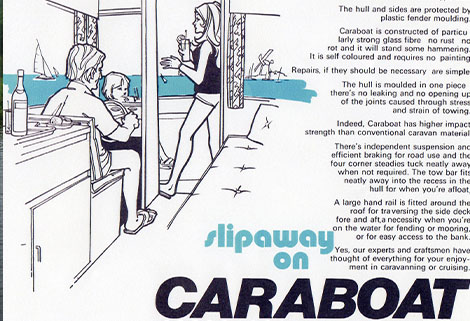

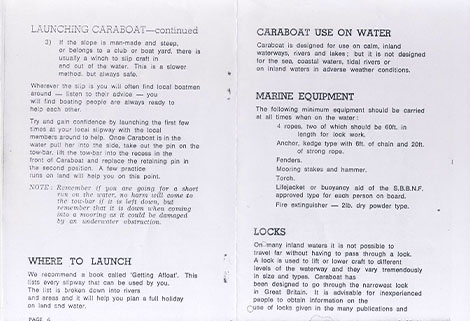
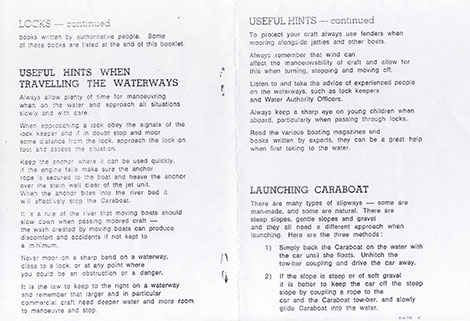
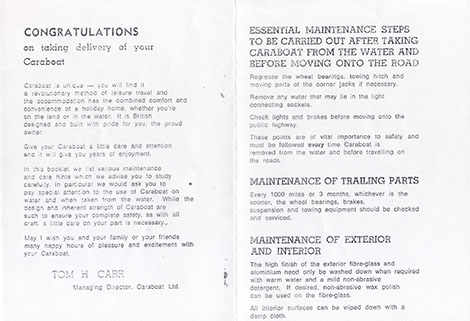
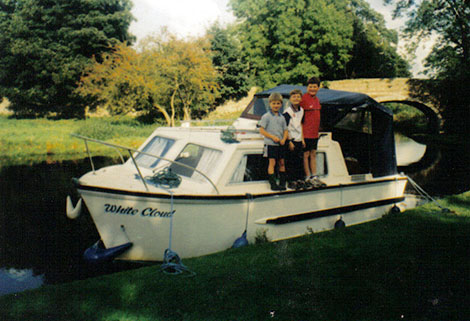 Having had a Creighton 20 called "White Cloud" on the Lancaster canal for some years we were keen to explore other canals, so when the Ribble link fully opened in Spring 2003 my ten year old son Ben and I set off to visit the Llangollen canal in Wales.
Having had a Creighton 20 called "White Cloud" on the Lancaster canal for some years we were keen to explore other canals, so when the Ribble link fully opened in Spring 2003 my ten year old son Ben and I set off to visit the Llangollen canal in Wales. The 20 is basically the front end of Inlander with an Outboard motor on the back. It is built so strong by Creighton Ball at Nelson Lancs., that even though it had been ablaze, it refused to sink.
The 20 is basically the front end of Inlander with an Outboard motor on the back. It is built so strong by Creighton Ball at Nelson Lancs., that even though it had been ablaze, it refused to sink.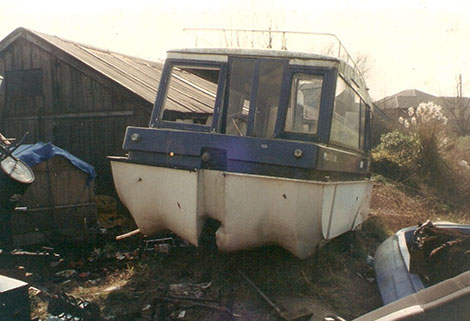

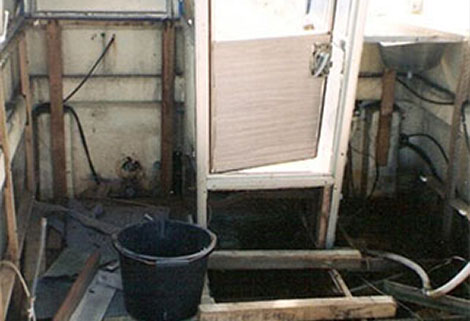
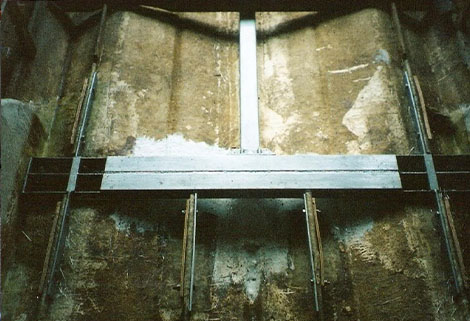
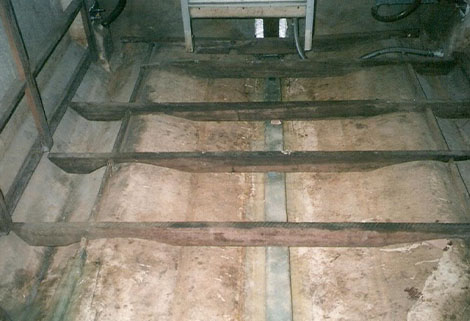

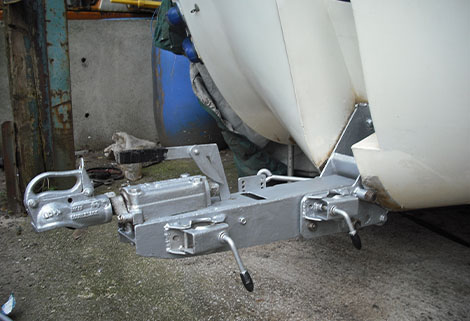
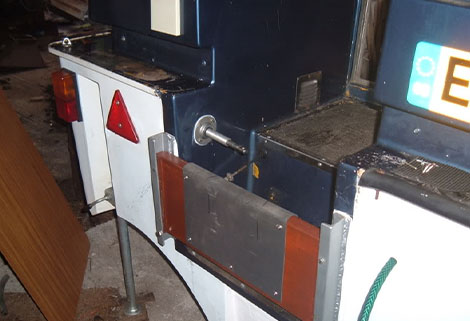


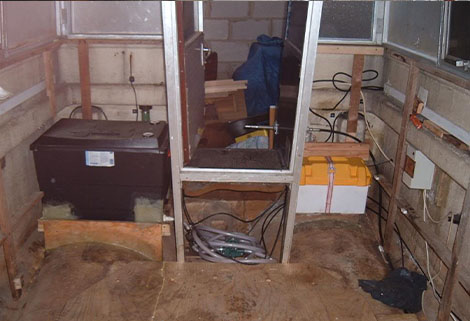
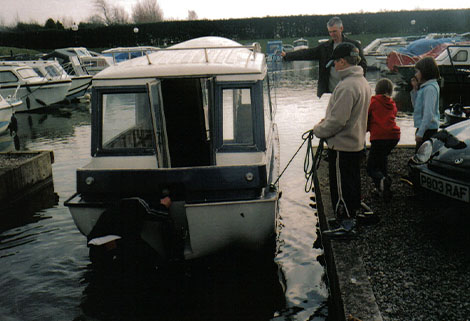 I replaced the Braking system, wheel bearings and wheels, then towed it to Garstang where my Freeman was moored, for a test launch to check everything was watertight.
I replaced the Braking system, wheel bearings and wheels, then towed it to Garstang where my Freeman was moored, for a test launch to check everything was watertight.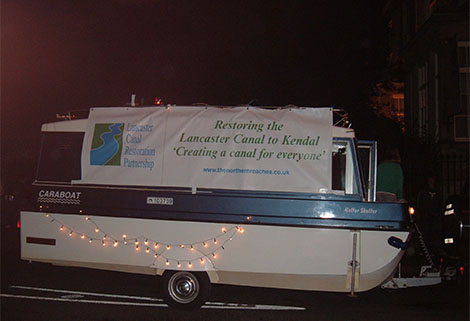 We have used the Caraboat mainly as a boat, but have taken part in the Kendal Torchlight Parade to try to promote restoring the Lancaster canal back to Kendal for six years.
We have used the Caraboat mainly as a boat, but have taken part in the Kendal Torchlight Parade to try to promote restoring the Lancaster canal back to Kendal for six years.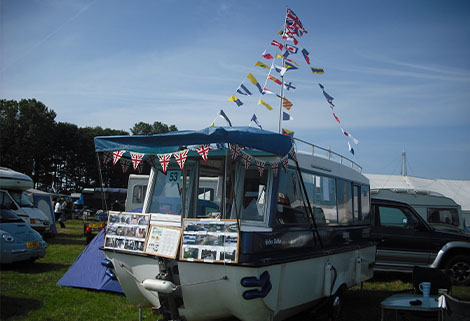 entered the Cumbria Steam Gathering at Flookburgh for ten years or so as a Historic Caravan.
entered the Cumbria Steam Gathering at Flookburgh for ten years or so as a Historic Caravan.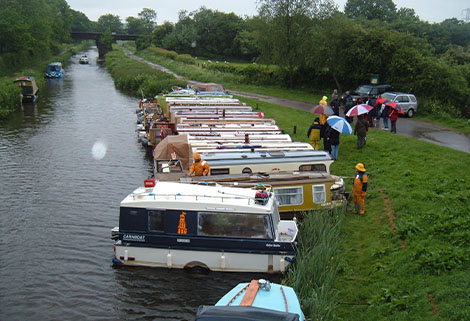 Also in 2007 we sailed the Leeds &Liverpool from the Bingley five rise to Adlington near Chorley.
Also in 2007 we sailed the Leeds &Liverpool from the Bingley five rise to Adlington near Chorley. In October 2009 we finally made it to the Llangollen canal and have been back twice since.
In October 2009 we finally made it to the Llangollen canal and have been back twice since.
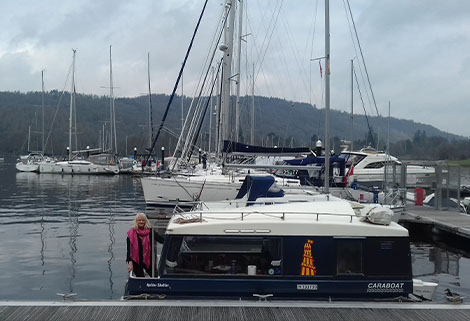
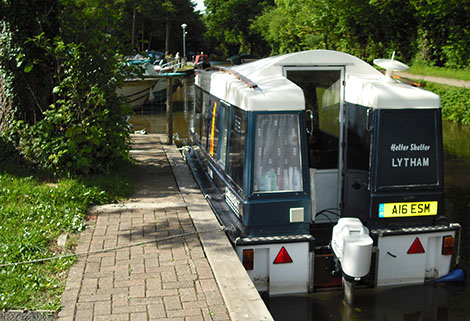
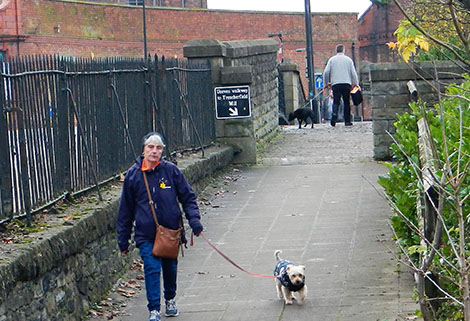 The importance of towpaths as free, accessible places to re-charge or for exercise was highlighted during the first lockdown in the spring, when we saw a surge in usage in many urban communities where the canal provides vital green space, available to millions. Towpath counters around the country showed the biggest increases in visits in Burnley (+261%), Sandwell (+199%) and Blackburn (+187%). (Source:
The importance of towpaths as free, accessible places to re-charge or for exercise was highlighted during the first lockdown in the spring, when we saw a surge in usage in many urban communities where the canal provides vital green space, available to millions. Towpath counters around the country showed the biggest increases in visits in Burnley (+261%), Sandwell (+199%) and Blackburn (+187%). (Source: 
 It is with a sad heart, that I notice an increase in selfishness by some users too. Almost a disregard for manner or etiquette. I was nearly run over by a bike when walking under a bridge. Later I saw a dog poo bag, a used one on the ground. Round the corner, a beer can on the fence.
It is with a sad heart, that I notice an increase in selfishness by some users too. Almost a disregard for manner or etiquette. I was nearly run over by a bike when walking under a bridge. Later I saw a dog poo bag, a used one on the ground. Round the corner, a beer can on the fence.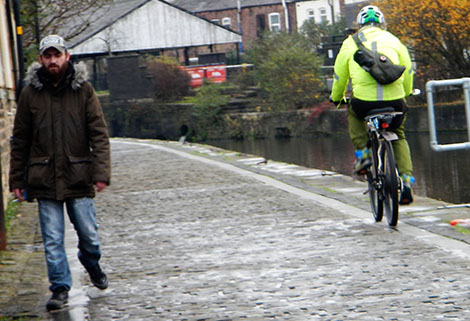
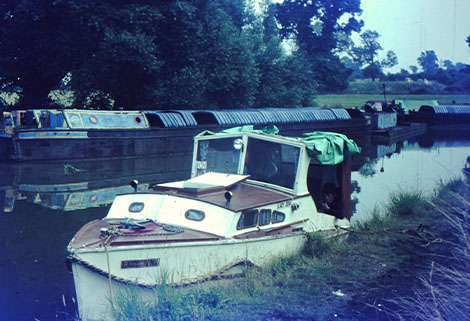 In the spring of 1969, Lady Jena, the family’s 16ft plywood cabin cruiser, sank due to a plastic lid working its way through a piece of rather soft plywood.
In the spring of 1969, Lady Jena, the family’s 16ft plywood cabin cruiser, sank due to a plastic lid working its way through a piece of rather soft plywood.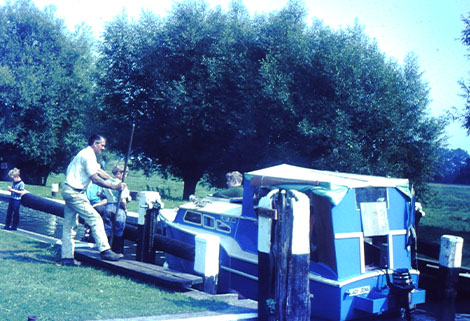
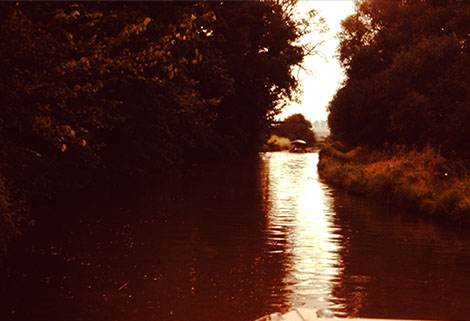 Partly because of the servicing requirements of our new power unit, we decided to go onto the Oxford Canal via the Sheepwash channel. That took us through some rather weedy water which proved conclusively that the “weedless” propeller was anything but. That discovery was eclipsed by the experience of the electrically powered lift bridge near Wolvercote. Dad sounded the horn as required. Nothing happened so we reversed to hold position in the water.
Partly because of the servicing requirements of our new power unit, we decided to go onto the Oxford Canal via the Sheepwash channel. That took us through some rather weedy water which proved conclusively that the “weedless” propeller was anything but. That discovery was eclipsed by the experience of the electrically powered lift bridge near Wolvercote. Dad sounded the horn as required. Nothing happened so we reversed to hold position in the water.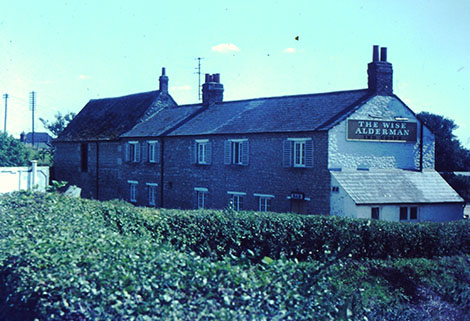 We were ready to continue again, which we did for another mile. There followed a tooth jarring screech as the Aspera (not Villiers as advertised) motor seized up solid, never to run again. It was an ex outboard, dead as a doorpost and sworn at by the whole family. We continued by hand towing until we got to somewhere with a phone. That place being a pub called “The Wise Alderman,” the landlord of which had a pint ready for Dad as he stepped in.
We were ready to continue again, which we did for another mile. There followed a tooth jarring screech as the Aspera (not Villiers as advertised) motor seized up solid, never to run again. It was an ex outboard, dead as a doorpost and sworn at by the whole family. We continued by hand towing until we got to somewhere with a phone. That place being a pub called “The Wise Alderman,” the landlord of which had a pint ready for Dad as he stepped in.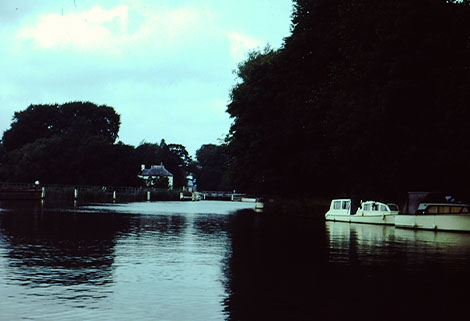 The mixture of petrol, smoking, Methylated spirit stoves and slowly decomposing plywood would strike horror into the heart of may boat inspectors these days but such Heath Robinson boat fit outs were commonplace on the waterways of the mid to late sixties.
The mixture of petrol, smoking, Methylated spirit stoves and slowly decomposing plywood would strike horror into the heart of may boat inspectors these days but such Heath Robinson boat fit outs were commonplace on the waterways of the mid to late sixties. The superstructure of another pontoon was made of the recycled front of a Birmingham boutique. This was powered by a 4 hp British Seagull outboard. This truly couldn’t be ignored in my writing and first appears in “Mayfly” as “Chrysophyllax Diver” - a name I pinched from a severely holed and very poorly made plywood dinghy that I saw being slowly incinerated on a bonfire near the River Wey.
The superstructure of another pontoon was made of the recycled front of a Birmingham boutique. This was powered by a 4 hp British Seagull outboard. This truly couldn’t be ignored in my writing and first appears in “Mayfly” as “Chrysophyllax Diver” - a name I pinched from a severely holed and very poorly made plywood dinghy that I saw being slowly incinerated on a bonfire near the River Wey.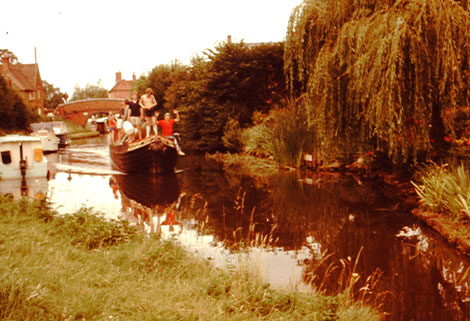
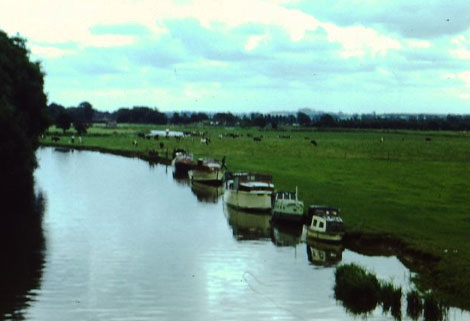

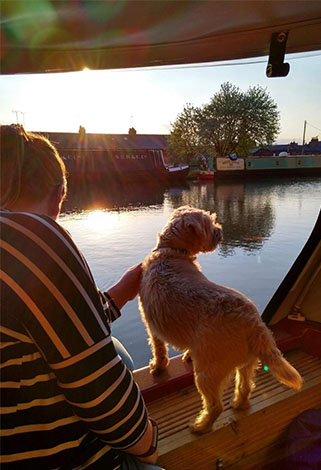

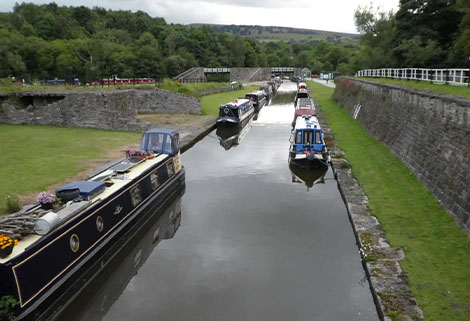
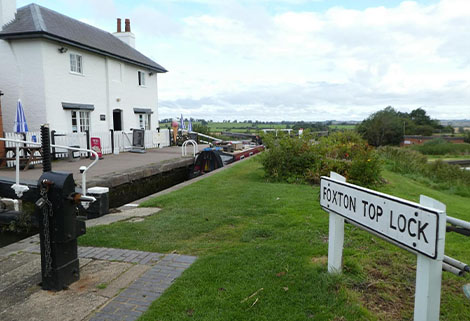

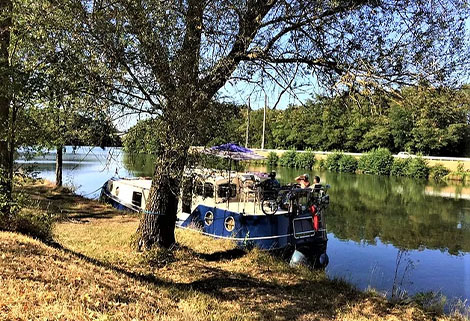 Have you ever thought about the attractions of waterways beyond these islands?
Have you ever thought about the attractions of waterways beyond these islands?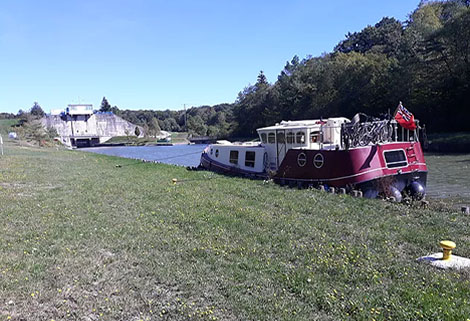 It is of course possible to boat further afield on European waterways, but the closeness of France, its user-friendly network, and its innate attractions make it the number one destination.
It is of course possible to boat further afield on European waterways, but the closeness of France, its user-friendly network, and its innate attractions make it the number one destination.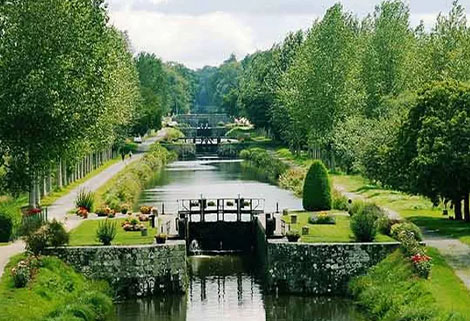
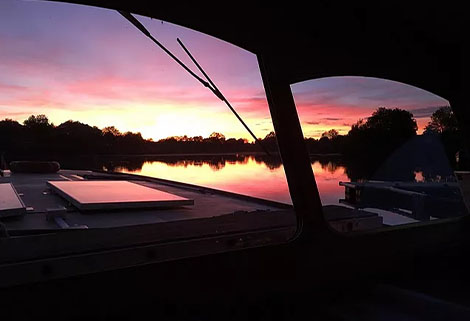 And the ‘cons’ are far less daunting than they can appear. First, you do need someone on the boat to have certification. You will need an International Certificate for Operators of Pleasure Craft (or ICC) to provide evidence that you are competent to handle a boat. In the UK, this scheme is run by the Royal Yachting Association (RYA). If you have had previous boat handling training, you may already have the necessary evidence of qualification for the ICC – the list of acceptable qualifications can be found on the RYA website.
And the ‘cons’ are far less daunting than they can appear. First, you do need someone on the boat to have certification. You will need an International Certificate for Operators of Pleasure Craft (or ICC) to provide evidence that you are competent to handle a boat. In the UK, this scheme is run by the Royal Yachting Association (RYA). If you have had previous boat handling training, you may already have the necessary evidence of qualification for the ICC – the list of acceptable qualifications can be found on the RYA website. The cost of a boat appropriate for French waterways will be higher than for UK narrowboats because you need a different kind of boat for river conditions – widebeam, with a protected prop and rudder, and a strong diesel engine. You can easily spend £250,000 and upward for such a boat new; a decent second hand similar craft would cost around the £100,000 mark.
The cost of a boat appropriate for French waterways will be higher than for UK narrowboats because you need a different kind of boat for river conditions – widebeam, with a protected prop and rudder, and a strong diesel engine. You can easily spend £250,000 and upward for such a boat new; a decent second hand similar craft would cost around the £100,000 mark.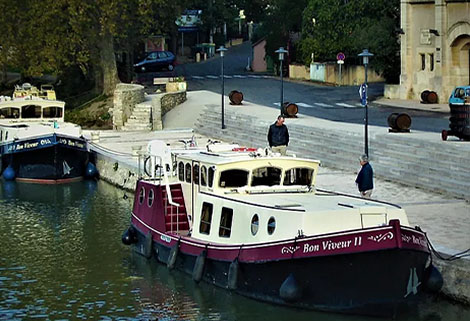
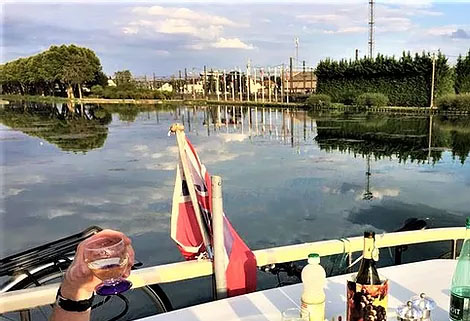 Of course, there is an initial capital outlay – typically £2-3,000 per week purchased, but this can be recouped if and when you want to sell. Think of it this way: a bank loan of £2,500 to buy a week would cost just £125 a year at, say, at 5% p.a. interest. Add that to that, say, £400 per week running costs makes a total of around £525 a year. That wouldn’t hire even the smallest craft for a week in low season, let alone a luxury 50 ft widebeam craft. Or of course you can spend a six figure sum on a depreciating asset, another 10% every year on maintaining it, and then use it for just a few weeks. Just ‘do the math’ as they say over the pond.
Of course, there is an initial capital outlay – typically £2-3,000 per week purchased, but this can be recouped if and when you want to sell. Think of it this way: a bank loan of £2,500 to buy a week would cost just £125 a year at, say, at 5% p.a. interest. Add that to that, say, £400 per week running costs makes a total of around £525 a year. That wouldn’t hire even the smallest craft for a week in low season, let alone a luxury 50 ft widebeam craft. Or of course you can spend a six figure sum on a depreciating asset, another 10% every year on maintaining it, and then use it for just a few weeks. Just ‘do the math’ as they say over the pond.
